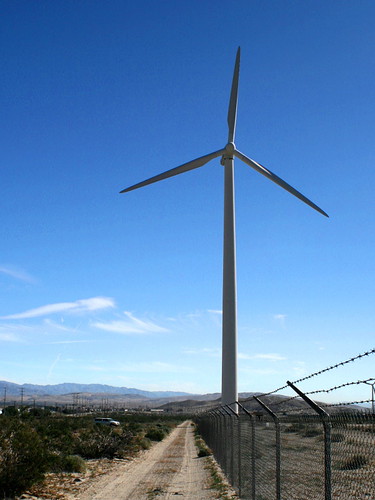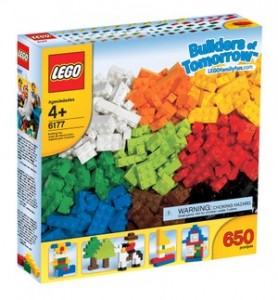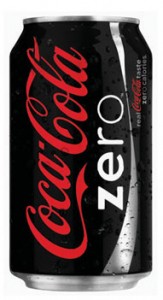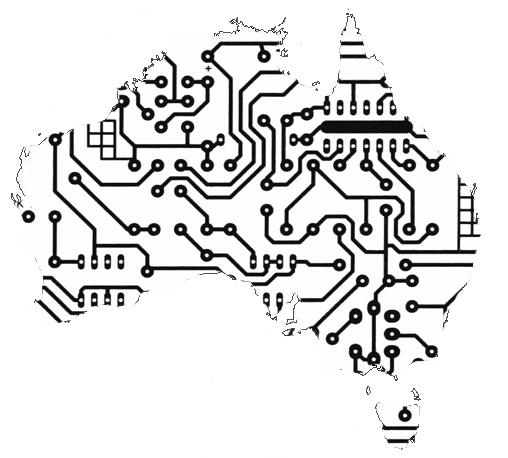
Rising energy costs, increased consumer demand, and climate change can make any of us feel overwhelmed about the state of energy production in the US, and the world. Many of us would love to go “off the grid” but aren’t sure how or how much it would cost. The Massachusetts Technology Collaborative – Renewable Energy Trust can help. MTC is a quasi public entity funded by a portion of each of our electric bills. The money goes to support communal renewable energy programs such as Community Wind Collaborative, Clean Energy Choice and Commonwealth Solar. Commonwealth Solar, a particularly successful program, was initiated in January, 2008 by the Patrick Administration and MTC. The program provides rebates for PV installation through a non-competitive application process. Residential, public, commercial and industrial parties can all benefit. If you’re curious about installing solar panels at your residence or business, it’s easier than you think! Please see: http://www.masstech.org/solar/ to learn more.

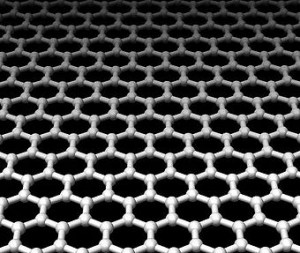 MIT has
MIT has 
